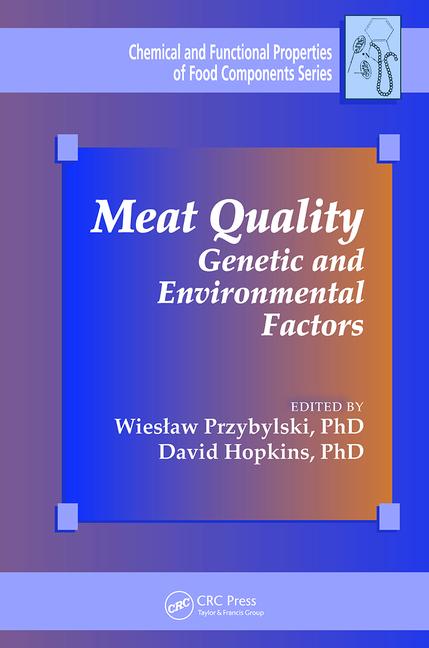HACCP Validation – It is time to get your documents in order

Since 2010 FSIS has been discussing the need for improved HACCP System Validation, and the agency has published considerable information on the topic. In April 2015 FSIS published what it indicates is the final version of the HACCP compliance guideline: FSIS Compliance Guideline HACCP Systems Validation April 2015.
“For large establishments, FSIS will wait until January 4, 2016 before including verification that establishments have complied with the second element of validation (in-plant validation data) as part of its inspection activities. Small and very small establishments will have until April 4, 2016 to gather all necessary in-plant validation data before FSIS will verify and enforce the second element of validation (in-plant validation data).”1
HACCP validation is not new. It is part of the July 25, 1996 Pathogen Reduction: Hazard Analysis and Critical Control Point (HACCP) Systems (PR/HACCP) Final Rule. HACCP validation is part of HACCP verification which is one of the seven principles of HACCP.
“FSIS has determined from its HACCP verification activities that many establishments have not properly validated their systems. In particular, establishments have not conducted adequate activities during the initial validation period to translate all the required critical operating parameters from the scientific or technical support into their processes and gather in-plant validation data demonstrating the HACCP plan is functioning as intended. In addition, Agency enforcement actions have identified instances in which inadequate validation has led to the production of adulterated product and in some cases even illnesses.”1
The HACCP verification principle includes three components: validation, verification and reassessment.
The FSIS Compliance Guideline HACCP Systems Validation April 2015 addresses only the initial validation component of the HACCP verification principle.
“Validation is the process of demonstrating that the HACCP system as designed can adequately control potential hazards to produce a safe, unadulterated product. Validation encompasses activities designed to determine whether the entire HACCP system is functioning as intended. Validation of a HACCP system involves two separate elements 1) design and 2) execution.”1
The design element is the scientific or technical support for the HACCP system. Validation of the HACCP system includes validation of the CCPs and interventions or processes used to support decisions in the hazard analysis. If an establishment determines that a potential hazard is not reasonably likely to occur because of the implementation of a prerequisite program, such as a Sanitation SOP, that must be validated.
“The second element of HACCP systems validation (execution) is initial in-plant validation which may include in-plant observations, measurements, microbiological test results or other information demonstrating that the control measures, as written into a HACCP system, can be executed within a particular establishment to achieve the process’s intended result. FSIS stated in the HACCP Final Rule that validation data for any HACCP system must include practical data or information reflecting an establishment’s actual experience in implementing the HACCP system. The validation must demonstrate not only that the HACCP system is theoretically sound in its design (Element 1), but also that the establishment can execute it as designed to reach the desired effect (Element 2).”1 Appendix 4 of the guideline contains some very helpful examples of validation worksheets.
The complete FSIS Compliance Guideline HACCP Systems Validation April 2015 can be found at http://www.fsis.usda.gov/wps/portal/fsis/topics/regulatory-compliance/compliance-guides-index. When you get to the Compliance Guides Index, click on HACCP. You can also get the information by going to http://www.fsis.usda.gov and look under regulations and policies.
Remember: It takes at least 90 days to complete HACCP validation, so don’t wait until the last minute to get started.
1 FSIS Compliance Guideline HACCP Systems Validation April 2015
Looking for a reprint of this article?
From high-res PDFs to custom plaques, order your copy today!









